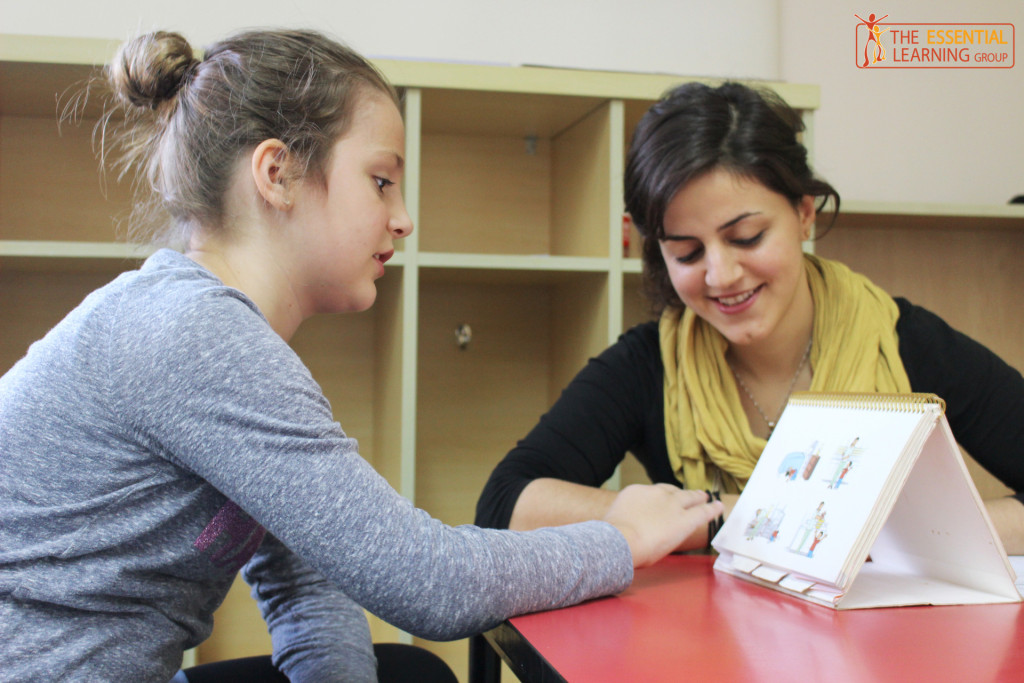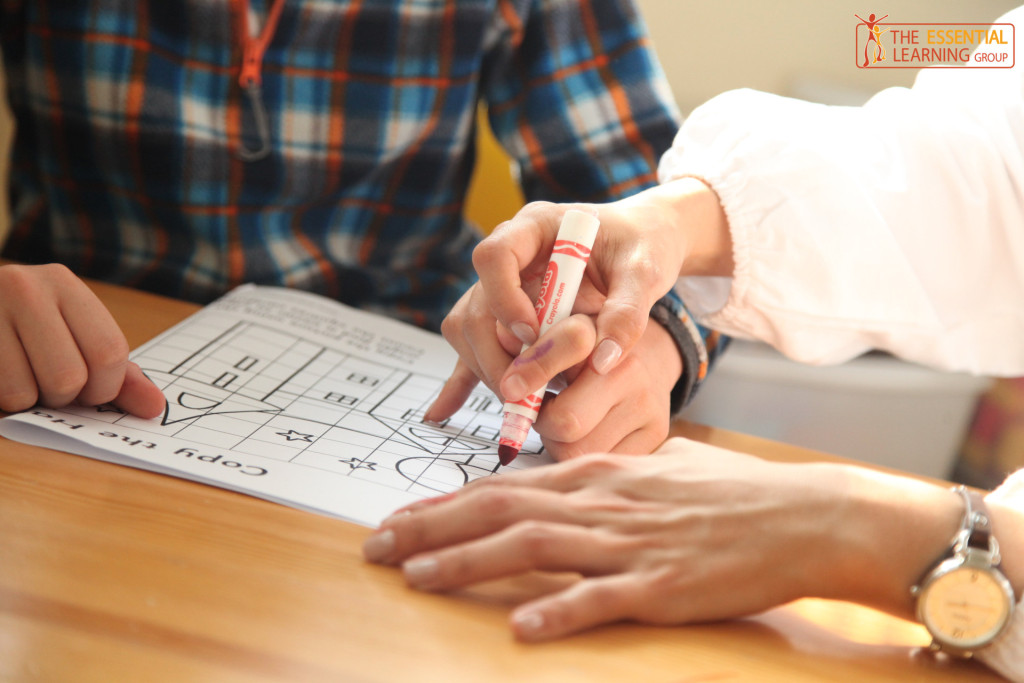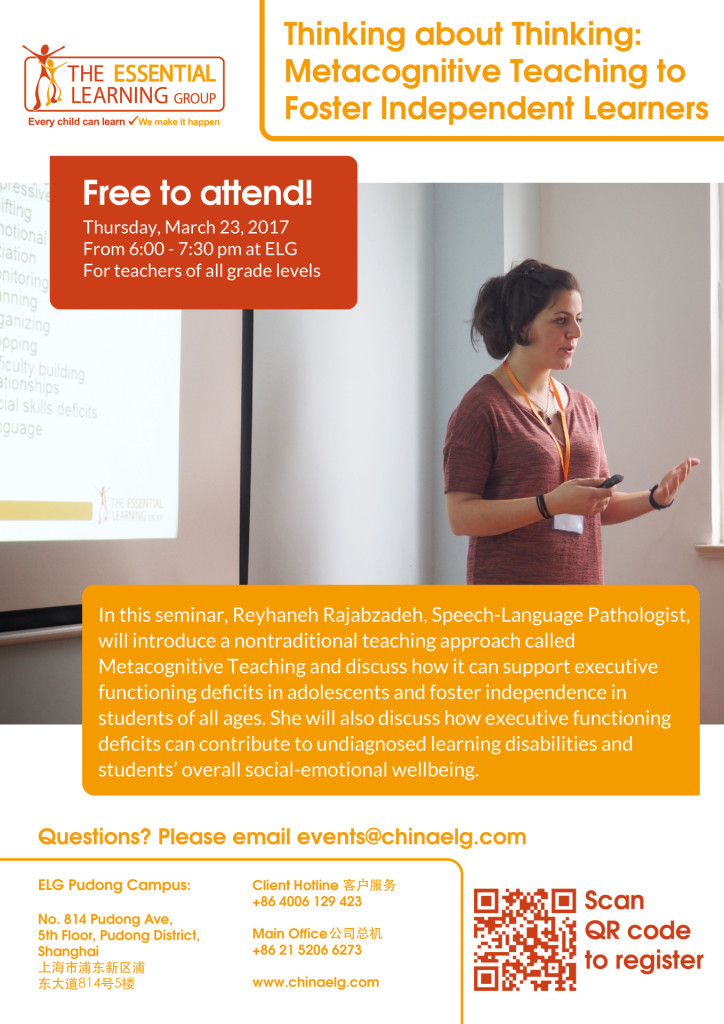By Reyhaneh Rajabzadeh, Speech-Language Pathologist
with Ronni Rowland, Writer
Do some of your students struggle with getting from Point A to Point B? These struggles may be due to deficits in executive functions such as: pacing, time management, monitoring, correcting, organizing and planning. Metacognitive teaching strategies can help develop these skills and support independence both in the classroom and beyond.
“Metacognitive teaching is an approach aimed at teaching kids to think, self-regulate, self-analyze and self-reflect,” notes Reyhaneh Rajabzadeh, Speech-Language Pathologist, Essential Learning Group (ELG). “Metacognitive practices increase students’ ability to transfer learning to new contexts and tasks.”
To foster independent learners, why not try these 3 metacognitive teaching techniques.
1. Visuals, visuals, visuals.
“Make visual support for ANY teaching approach you can,” urges Reyhaneh. This will reduce the workload in the longer term, while minimizing student confusion and maximizing time spent on a task.”
Instead of students asking you, “what do I do next?”, students will ask themselves. Visuals enable students to begin tasks and figure out the next steps independently. You can create visuals for everything, from daily routines to classroom jobs, and materials cleanup and transitions. This approach fosters independence in behavior management and work ethic.
2. Reduce directives. Ask more questions.
Decrease directive statements and commands and increase the number of questions you ask students. “Intuitively, we think we should be making commands,” explains Reyhaneh, “but this only manages the moment and doesn’t educate the student on the process.” Directives actually make children more dependent on teachers and caregivers.
Instead, when undertaking a task or in a situation, talk students through the WHAT and the WHY of each step. Ask ‘WH’ questions and provide the answers. Examples include:
“What do we do next?”
“What can you do if you don’t know the answer?”
“Why do we need to be quiet when others are talking?”
After students regularly answer your questions, encourage them to generate their own.
3. Rehearse and repeat.
Provide plenty of time to model expectations and procedures for the classroom. Be consistent in your modeling and have students practice the same procedures step by step. Ask helpful questions and provide prompts when students need support.
Repeatedly rehearse skills in order to gain confidence and competency. Soon, students will be able to achieve success independently with minimal input from teachers or caregivers.
That’s so meta!
Metacognition is often defined as “thinking about thinking.” When children can plan, monitor, and assess their own understanding and performance, they can apply these skills to any task. Reyhaneh notes that “the child not only internalizes a concept and makes it routine, but these skills are also transferable to other situations and that is important. That is metacognition in action!”
Upcoming Seminar
Teachers, learn more about metacognitive strategies for the classroom at ELG’s free training led by Reyhaneh on Thursday, March 23, 2017 from 6:00 to 7:30 pm at the ELG Pudong Campus. Click here to register.



